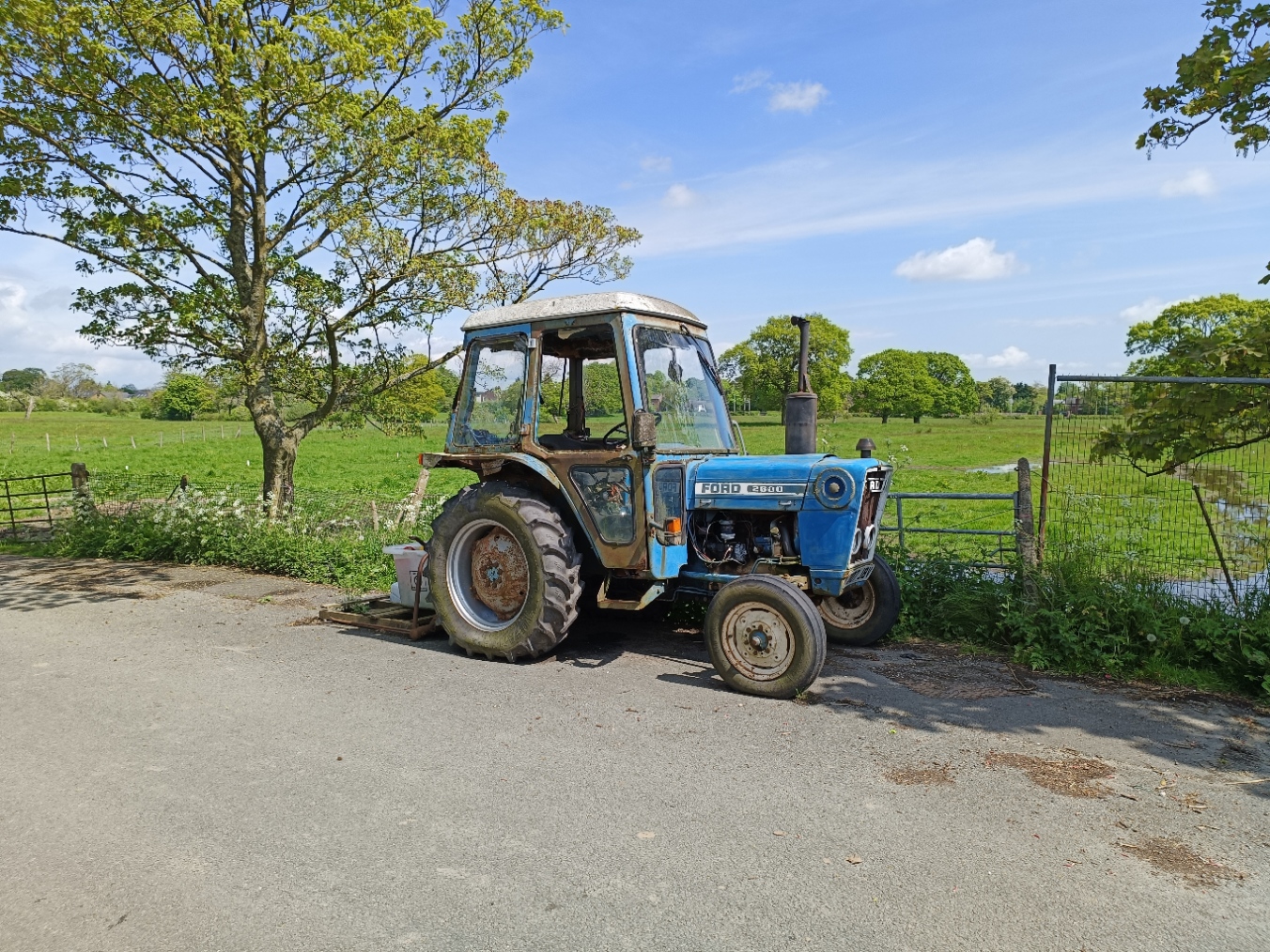Tractor

This is a very small model, not much more than a centimeter high, but it turned out well. I was inspired by a phototype that seems to be almost a permanent fixture near where I work. Not sure if it is still useable, but seems in fairly good shape. This is a Ford 2600, which was produced from 1975 to 1981. I had a toy tractor as a kid that I think was one of these - it was blue and Ford and in that timeframe. Here is the model. Probably the most technical part was the tread on the rear wheels, which was done, in part, using geometry nodes to repeat the same mesh so many times round a circle.




